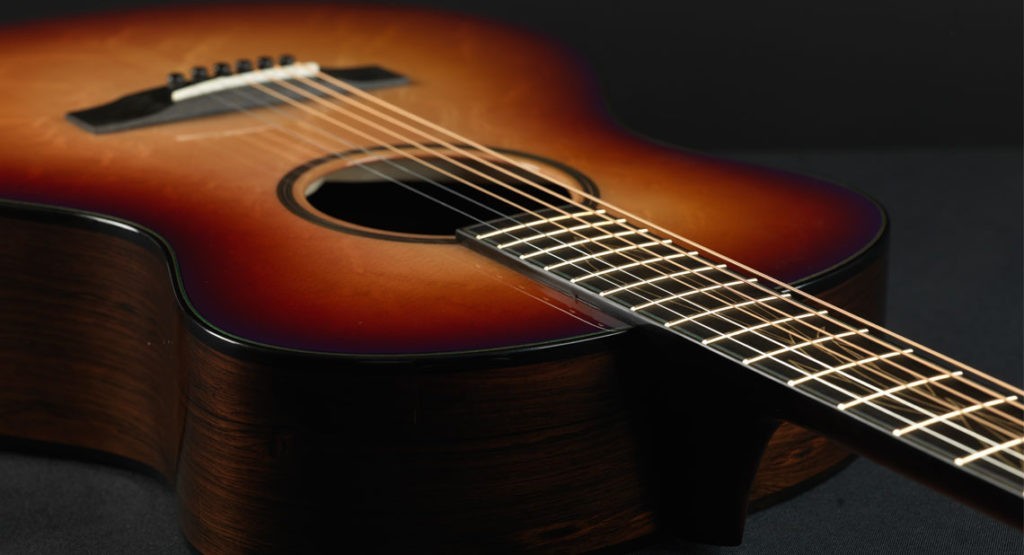When to Change Acoustic Guitar Strings

When to Change Acoustic Guitar Strings and Why
Any good musician knows that the quality of the sound of their acoustic guitar depends on the quality of its strings. However, strings, like most other manufactured parts, are subject to wear and tear caused by repetitive use over time. Old and worn out guitar strings can affect the sound and tone of your instrument. The more you keep them up to date and well maintained, the better you can play, but do you know how to change your guitar strings or how often? Let’s find out:
How Often To Change Your Guitar Strings
Constant oil and dirt from your hands, gets built up and over time, affects the performance of guitars. There is no set time period after which you should change your guitar strings because it depends on your usage and other factors. Nevertheless, if you sweat more, smoke often, play and practice more or play hard, you should be changing your guitar strings more often than others. Some signs that you should look forward to in order to know its time are:
· Difficulty in tuning the guitar
· Hearing a flat guitar tone
· Rusting or discoloring of strings
How to Choose Quality Guitar Strings
There are many types of guitar strings available. However, the one thing you should keep in mind when choosing to restring acoustic guitar strings is quality. Remember that you want to sound like the best guitarist out there and worn, beaten, dirty, or low quality guitar strings will not do. Here are some tips to restring your acoustic guitar strings the right way:
Know Your Strings
The most preferred types of acoustic guitar strings are bronze, phosphor bronze and coated strings, which vary in prices. Bronze strings give a high tone but tend to fade quickly. Phosphor bronze strings have a darker tone but with a ringing top and phosphor helps produce a longer sound. Coated strings give less brightness but outlive the other two.
When to Choose Lighter Strings
Striking a heavier string gives sound that is more natural but if you have frequent live performances, it’s preferable to have a pick-up with your acoustic guitar for plug and play situations. This setting allows using lighter gauge strings.
